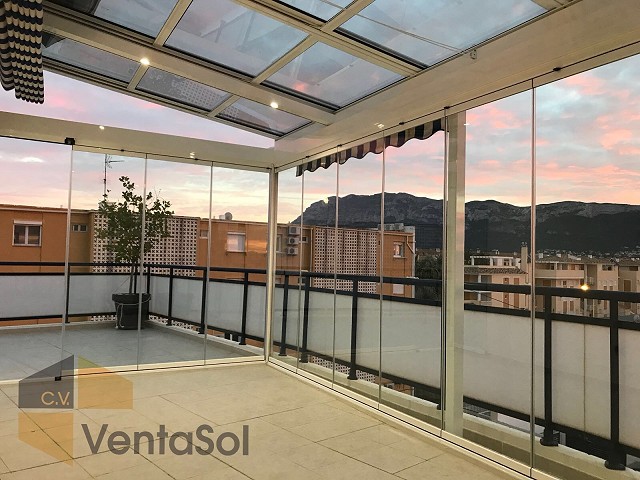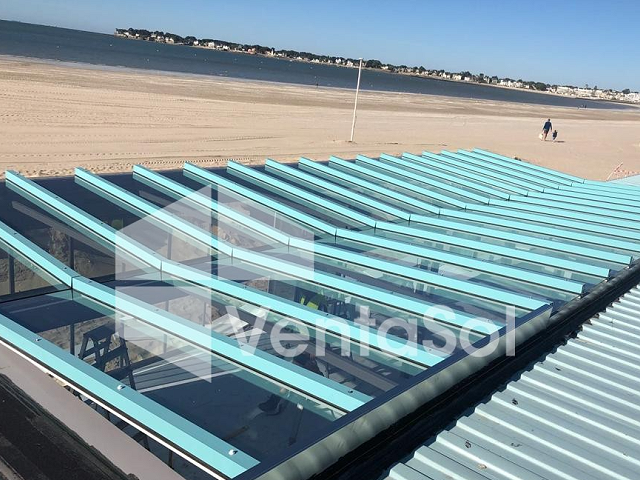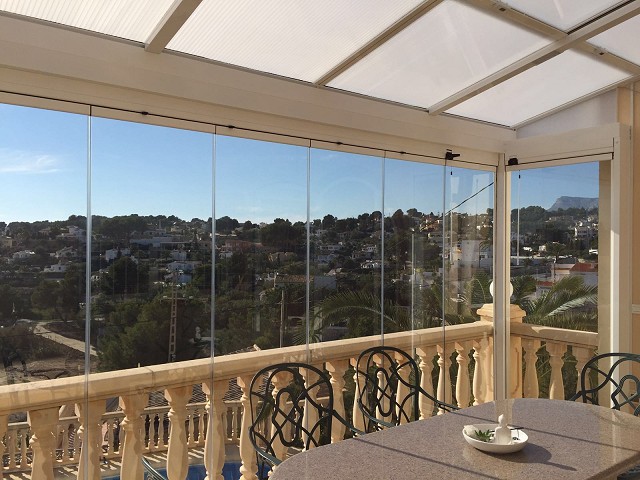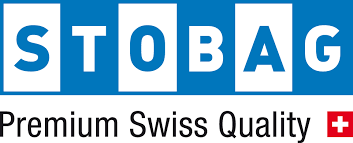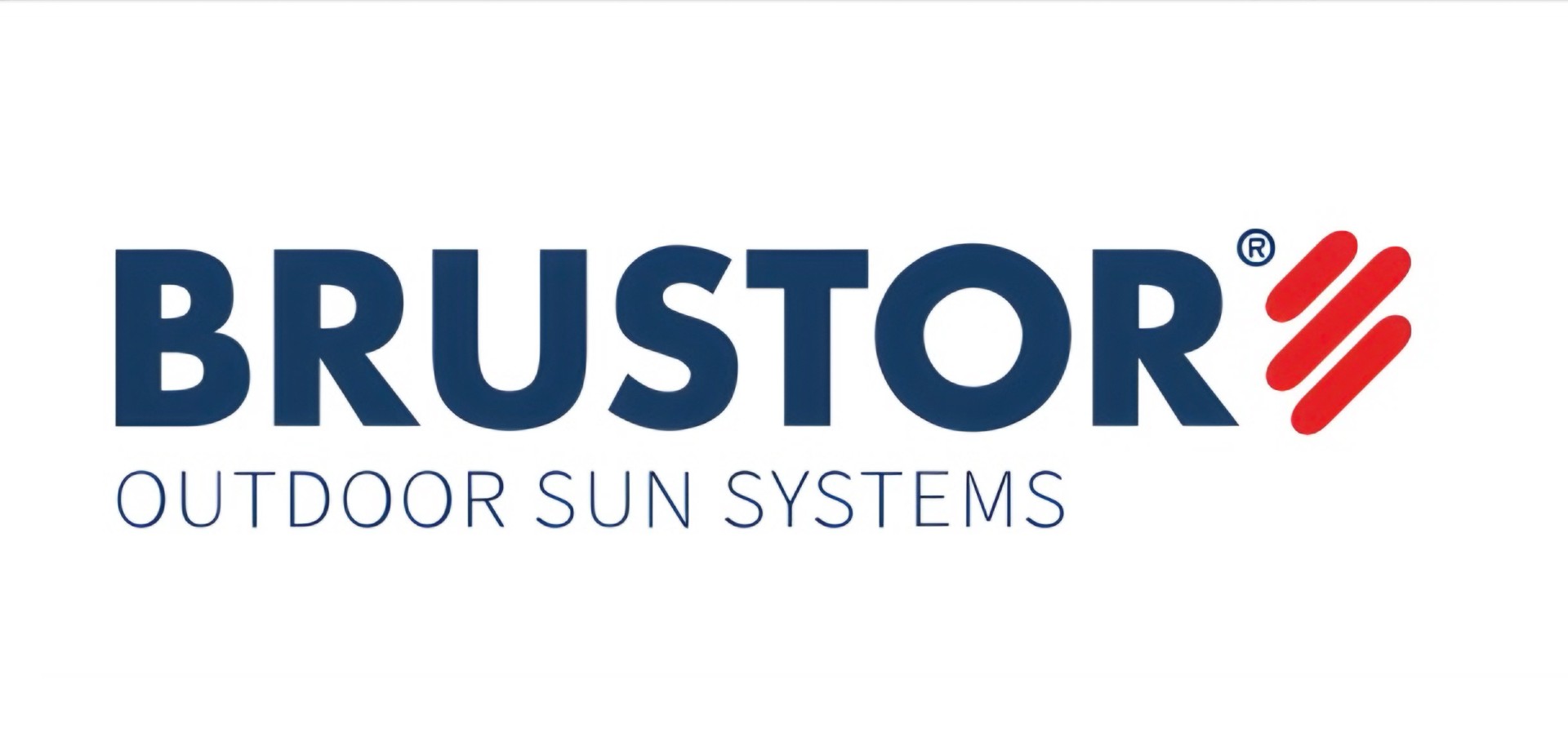Architectural Solutions... or glass ceilings.
Glass ceilings are one of the most surprising architectural solutions that aluminum profile systems can offer us today. They are most often used in suburban and private constructions: in winter gardens, covered swimming pools or glazed terraces. In urban infrastructure, this type of glazing is often used to glaze penthouses, in large cities - pyramids, domes and skylights decorate clinics, banks, libraries, hotels and restaurants, offices and shopping centers.
The conservatory roof can be single-sloped, gabled, tri-gable, hipped or domed and have a slope of 7 to 45 degrees. The basis of a glass roof is a rear frame made of aluminum profile, the cells of which are filled with impact-resistant tempered glass or there is also the option of single-chamber double-glazed windows. 20-50 mm (double-glazed windows are not used in translucent roofs due to their significant weight).
However, unlike the glass enclosure, a glass roof is a type of glazing that is quite complex in design and installation, as the structure experiences significant loads. of wind, snow and weather. Therefore, the design work of a glass roof is carried out only by professional designers who have many years of experience specifically in the field of this production.
An important point is the installation of a translucent roof structure, which must be carried out in strict accordance with safety requirements regarding installation, insulation and tightness.
The average price of a glass roof depends on many parameters such as: glazing area, size and shape of the structure, type and manufacturer of the aluminum profile, presence of hatches and windows. An important factor is the development of the project and installation work. Based on this data, it is possible to predict the exact cost of a roof.
In addition to various domes, hatches and attic window solutions, glass roofs can also be equipped with a wide range of additional equipment, accessories and components:
- roller blinds with automatic or manual operation
- additional sealing circuits
- various accessories and locks
- rain, temperature and humidity control systems
- double-glazed windows with heated glass for the roof
- ceiling fans and air conditioning systems
- lighting design and electrical wiring.
